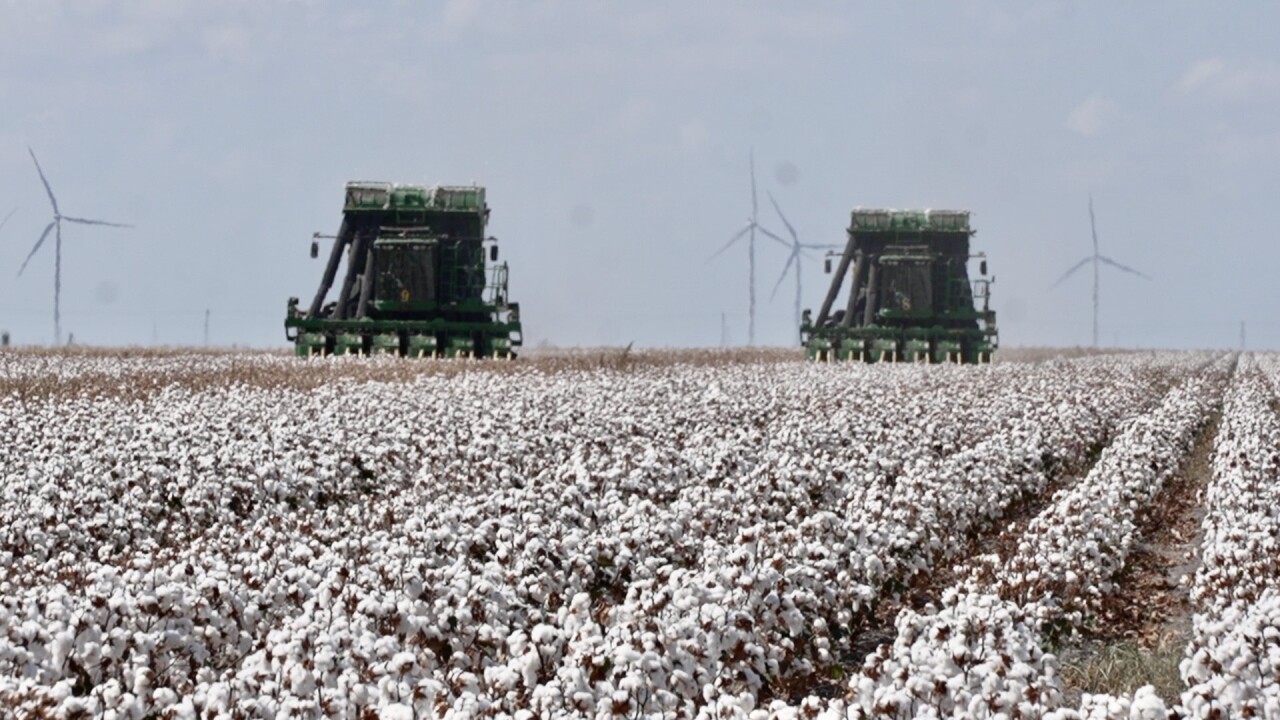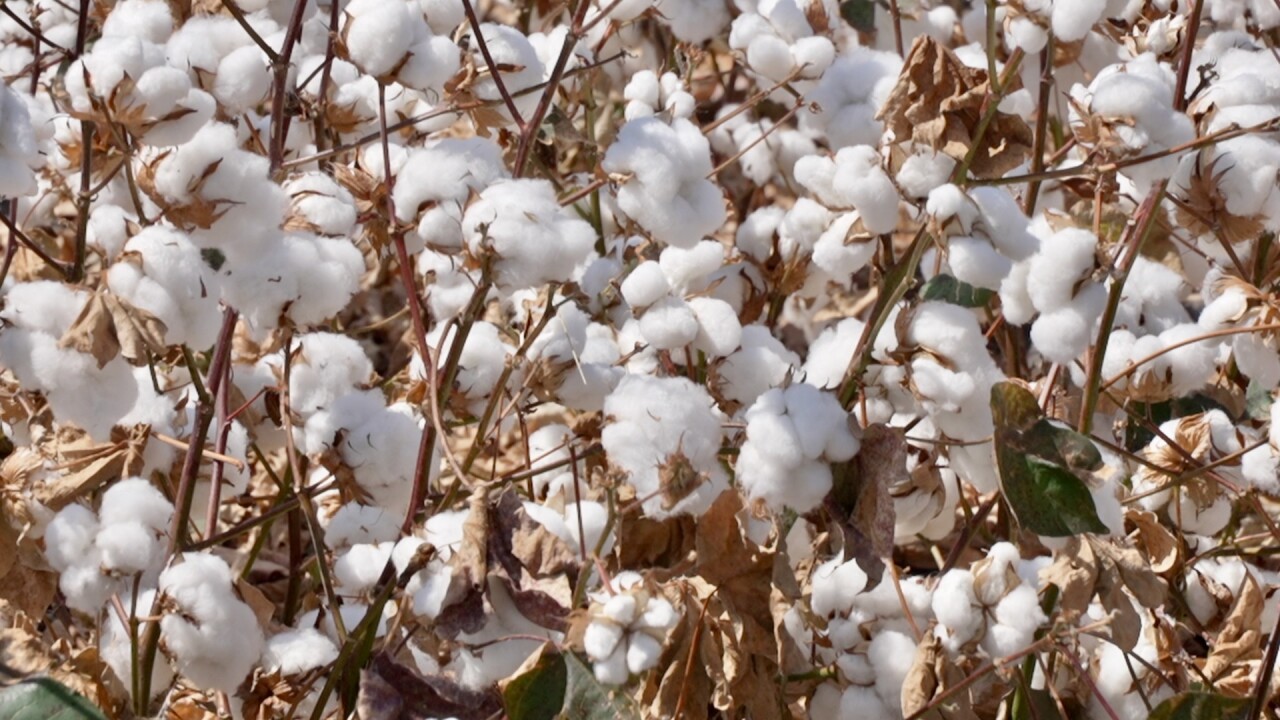SINTON, Texas — Sinton cotton farmers are facing this year's cotton season head-on as harvesting across the Coastal Bend gets underway.
"This has been the wildest up-and-down season I remember," Charles Ring of Ring Brothers Farm & Seed told KRIS 6. The farmer, who grows multiple crops, said that cotton grew successfully, while their corn crop was "a wipe." Ring explained, "The grain and corn, if we were dependent on them now, I'd be in the hole from the get-go."
Ring added that the cotton season faced some delays due to drought conditions during the growing season, before a "needed" rainfall in March.
"I've been farming for over 30 years and I have over 31 years of experience in farming. There's never been a year that's been the same as the year before," said Troy Nedbalek, owner of Nedbalek Farms, to KRIS 6.
"We were dry at planting season and did not have hopes for even making a crop this year," Nedbalek continued. "We were able to get the crop planted, but there were no indications in any of the long-range forecasts. It was very touch and go whether or not the crop was going to mature properly and make a yield."
However, both farmers agreed that while the weather presented its own challenges, the financial costs proved most difficult this season.
"We have our own equipment, and those things," Ring said, referring to the cotton harvesters, "cost $700 to $800,000 apiece."

"It's impossible. It's just impossible sometimes to make all that work, and in a year like last year, we didn't have an average crop." Ring continued, "It costs the same amount of money for that machine to cross an acre as it does in 2 bales the acre of cotton, a big crop. So we've spent a lot of money trying to make this all work."
Nedbalek added that the fluctuating value of cotton has contributed to this year's difficulties. "The amount of money that we get per pound for cotton and the cotton market is somewhere in the low 60s, and that's what it was 25-30 years ago," Nedbalek continued. "But the cost of the inputs has probably doubled, sometimes tripled, and that's just making it tough for agriculture to keep their feet underneath them."

Inputs can include items such as fertilizer, chemicals, seeds and "all of the things that we (Nedbalek) put into the crop to produce it."
It's not just the farmers who faced difficulty this year, as Marc Hartzendorf, owner of Hartzendorf, explained. "Probably one of the biggest challenges we have is labor trying to get the labor here to run two crews."
He added that he has faced his own rising costs as well. "We've incurred a lot more labor costs just due to the labor pool that we have to draw from getting smaller and smaller, and the price or the wages you have to pay for some of these guys is a little bit higher and higher."
Despite the challenges, all three agree that the crop has proven successful thus far but call on consumers to do their part. "We definitely like it when people are wearing cotton shirts and denim pants," Nedbalek added. "Look at the label and buy cotton if you can and support the local producers."
For the latest local news updates, click here, or download the KRIS 6 News App.
Catch all the KRIS 6 News stories and more on our YouTube page. Subscribe today!


